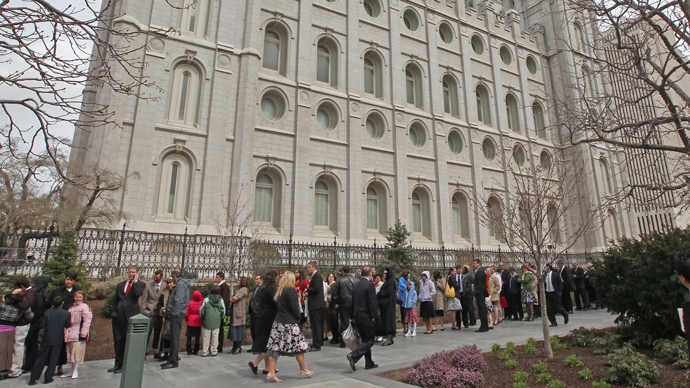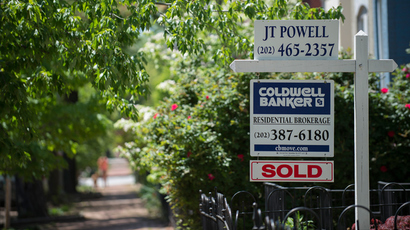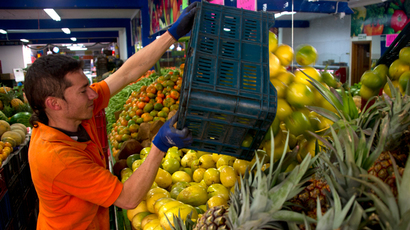Mormon Church purchases 2% of the state of Florida for half a billion dollars

A sect of the Mormon Church is poised to become the largest private landowner in the state of Florida after spending more than half a billion dollars to purchase hundreds of thousands of acres across three counties.
Representatives from the Church of Jesus Christ of Latter-Day Saints announced Thursday they had bought most of the real estate owned by the St. Joe development company for $565 million. Municipalities in Bay, Calhoun, Franklin, Gadsden, Gulf, Jefferson, Leon, Liberty and Wakulla counties are included in the nearly 400,000 acres of land. The land, much of which is rich with timber, is located along the Florida panhandle.
The St. Joe Co. has owned the land for more than a dozen years and originally planned to profit from so-called master-planned communities in the region. That plan went sour when the real estate bubble bust, costing the company $330 million in 2011 alone.
The church already owns a large cattle ranch in the center of the state, according to the Associated Press, and much of this new land is not within current residential and commercial development zones. AgReserves Inc., an entity used by the church for taxpaying purposes, officially purchased the land.
“AgReserves has demonstrated its commitment to wise land stewardship and prudent resource management during more than 60 years of ranching and agricultural operations in east-central Florida,” Paul Genho, chairman of the AgReserves board, told reporters Thursday. “We will apply that same commitment and expertise to managing the property we are acquiring in Florida’s Panhandle. We look to the long term in everything we do.”
Floridians may have cause to be optimistic if the church’s land holding in central Florida is any indication. Desert Ranches – which includes land in Orange, Osceola, and Brevard counties – has become increasingly important to the stability of Orlando’s irrigation, as well as the region’s road and rail networks.
More than 100 people live on the ranch while maintaining approximately 44,000 heads of cattle at any given time. Livestock has been bred to thrive in Florida’s tropical climate and the ranch grows enough oranges to produce 50 million glasses of juice each year, according to KSL-TV in Utah.
“Just the nature of our ranching operations is a huge benefit to the surrounding area because of the diversity of habitat it creates for wildlife,” Erik Jacobsen, general manager of the ranch, said in 2011. “It creates a huge area for groundwater recharge.”
With the newly purchased land on the panhandle, AgReserves said it expected to begin producing potatoes and sweet corn for the food processing industry in the region.
“We have felt that good farms, over a long period, represent a safe investment where the assets of the church may be preserved and enhanced, while at the same time they are available as an agricultural resource to feed people should there come a time of need,” said former church president Gordon B. Hinckley.














